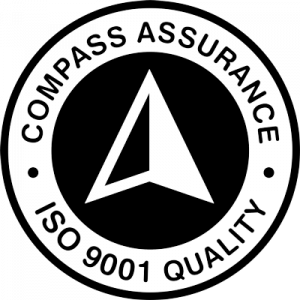You’re a project manager. Imagine for a minute that you’re in a meeting with your project team, resolving a complicated design issue at the boardroom table. Everyone is looking for the project manager to show leadership.
Your architect wants to resolve the issue by prioritising the aesthetic outlook, which you know will increase the budget.
Your engineers are putting forward the best possible engineering solution, which the architect isn’t comfortable with. Your builder wants the outcome to be easy to rectify with priority to constructability and without causing time and cost blowout.
And in the background to all this, you know there is only a set amount of contingency left on the project and this issue may impact the contractual obligations in both the construction contract and the sale contracts.
As the project manager, your finger is on the pulse of every aspect of the project. You have an inherent understanding of how it is tracking across every area of time, cost and quality. Resolving the above design issue, you’ll be asking yourself a ton of questions.
What costs are known and what additional costs are still to come on the project? What are the time pressures and program at the moment? What’s the critical path? Who and what is creating roadblocks that hold things up? Will additional approvals be required? What will it take to document and implement the resolution to avoid or minimise delays?
And the really big question to come from all of that is how do you move the project forward by making the right decision?
Project managers are faced with this situation—and much harder decisions—on a daily basis. Knowing that your decision as a project manager will not only impact the program, cost and/or the quality of the final product but also have consequences for so many other factors that the project team isn’t necessarily aware of can be challenging.
In these situations, I simply step back from the issue and ask myself, “What pathway or decision is in the best interest of the project?”
The answer always comes back to the overall vision, purpose and values of the client and the project. As the project manager, you need to be the one on the team who truly embodies these aspects and becomes the custodian and guardian of the project’s vision.
That is the only way you can truly prioritise the right solution.
Holding every single person on the team accountable to the project’s ‘why’ is the most important part of the project manager’s role.
In the case of this example, it may be that the developer has set out with the vision to make an architectural statement and push the boundaries of the design on the project.
Buyers and other investors would have made their decisions to invest in the project based on this vision. Therefore, the project manager may lead the team to resolve the issue by prioritising the aesthetics of the design whilst working on alternative ways to accommodate the engineering, constructability, and contractual issues.
Whether or not you decide to move forward with one particular solution, or a combination of solutions suggested from your team members, you cannot go wrong if the decision is made from a place of complete understanding of your role on the project as the custodian of its vision.
It’s hard to find fault in a decision when your project team is in complete alignment with the purpose of the project, although some team members might not like the decision you make. But if it’s clearly communicated and grounded in the purpose, values and client vision, they will ultimately respect your leadership through you consistently making tough calls.




